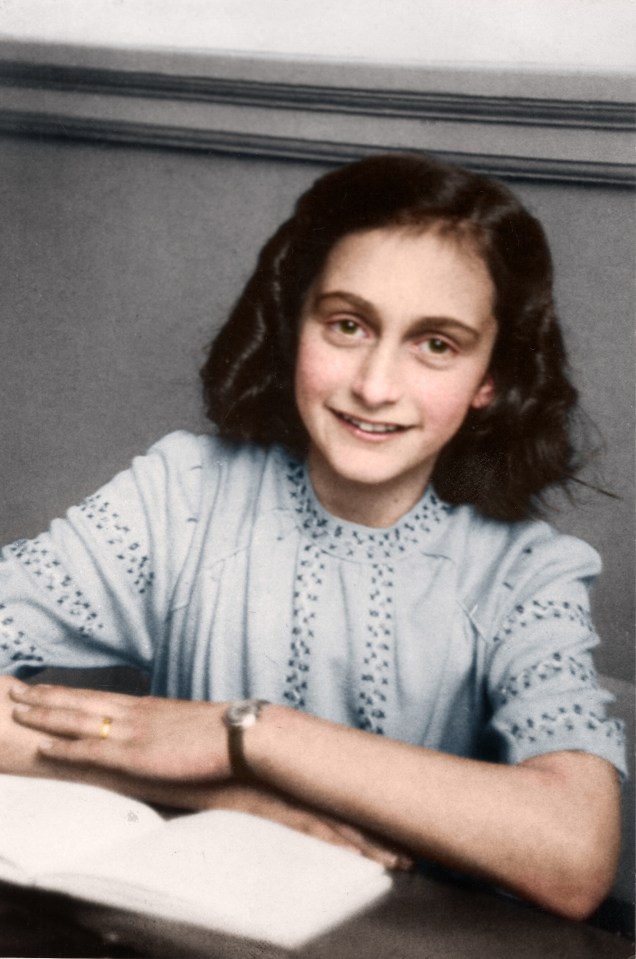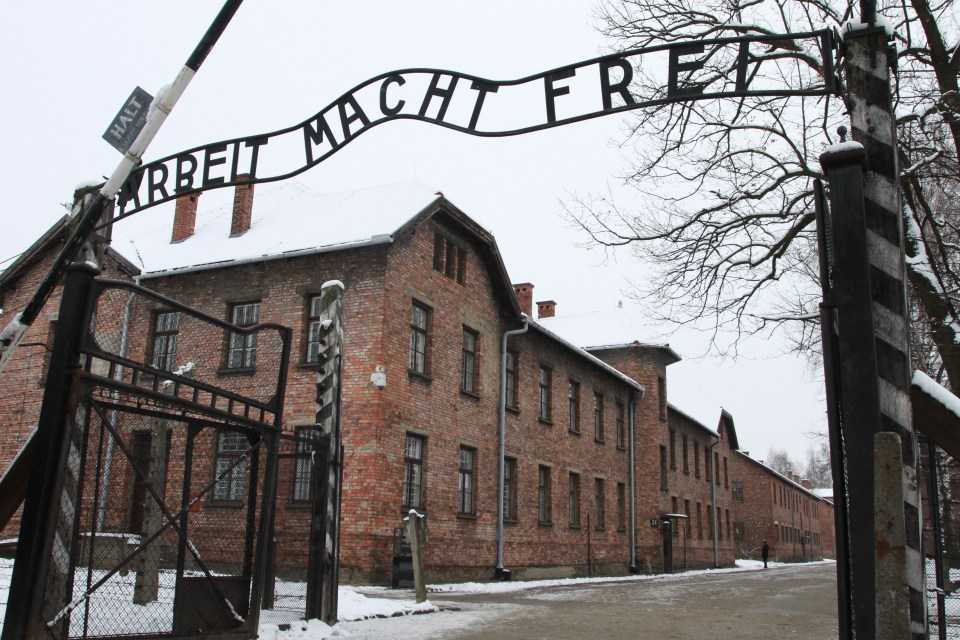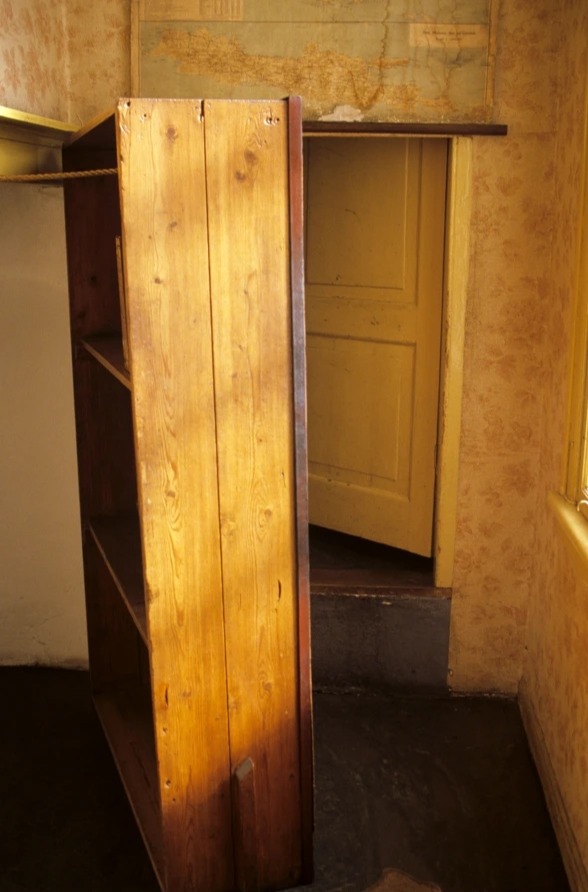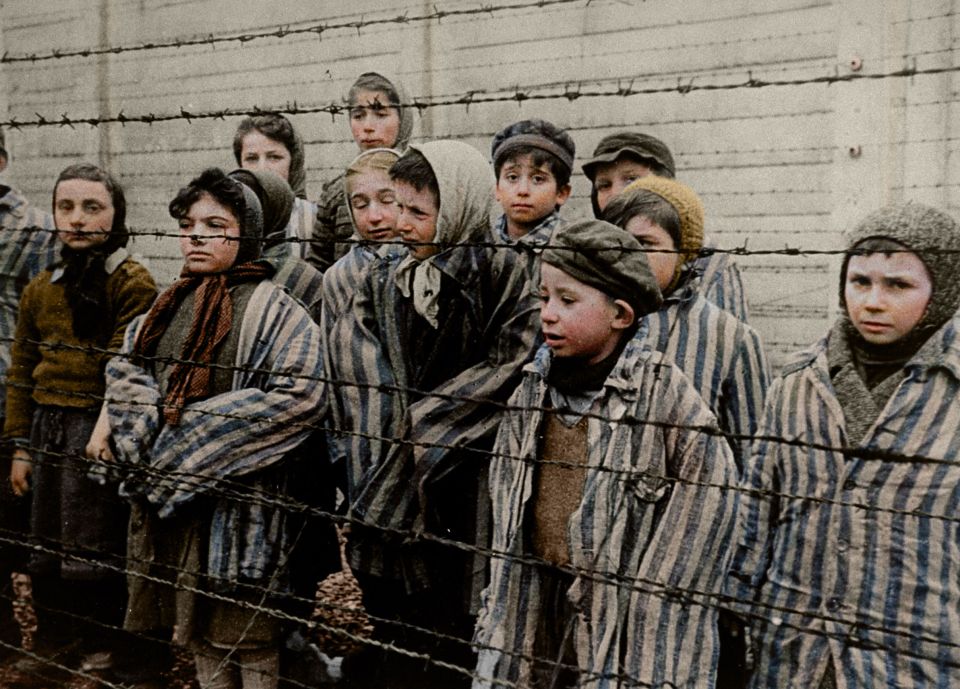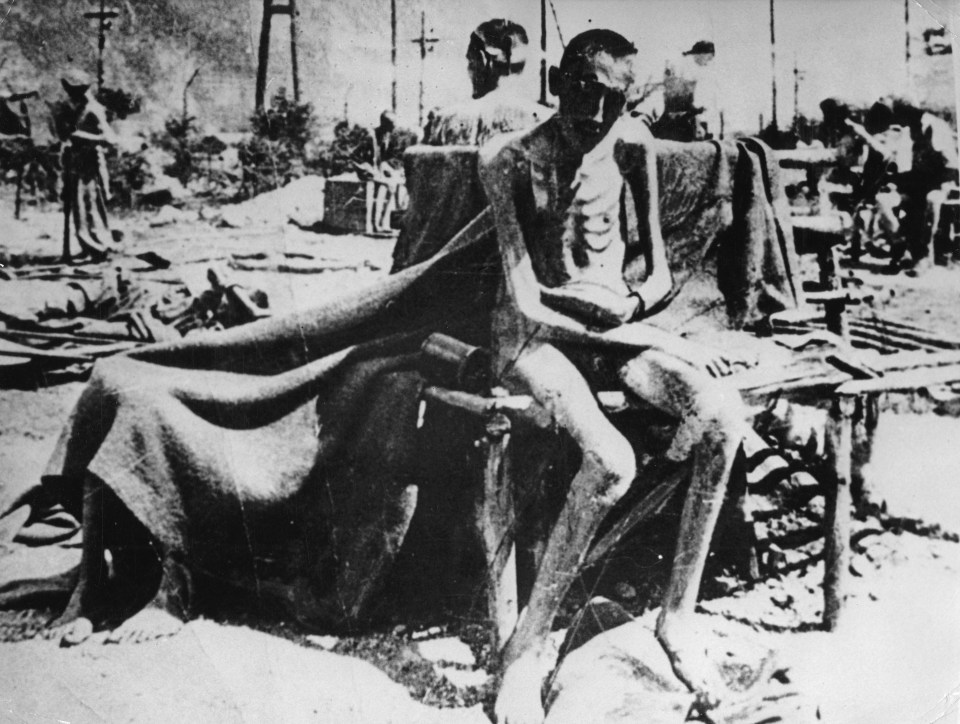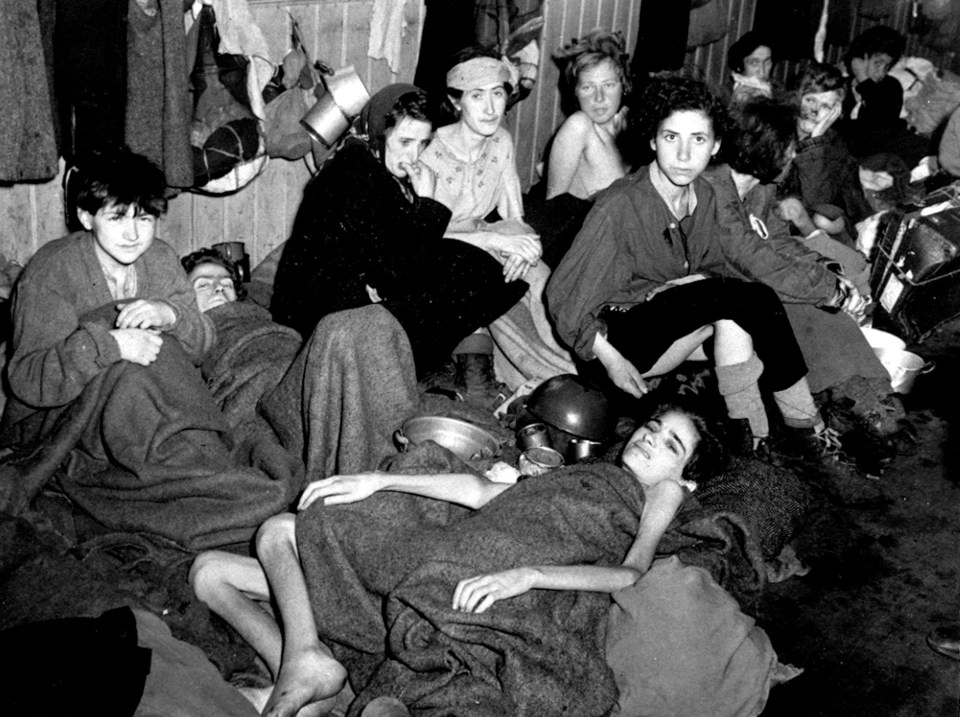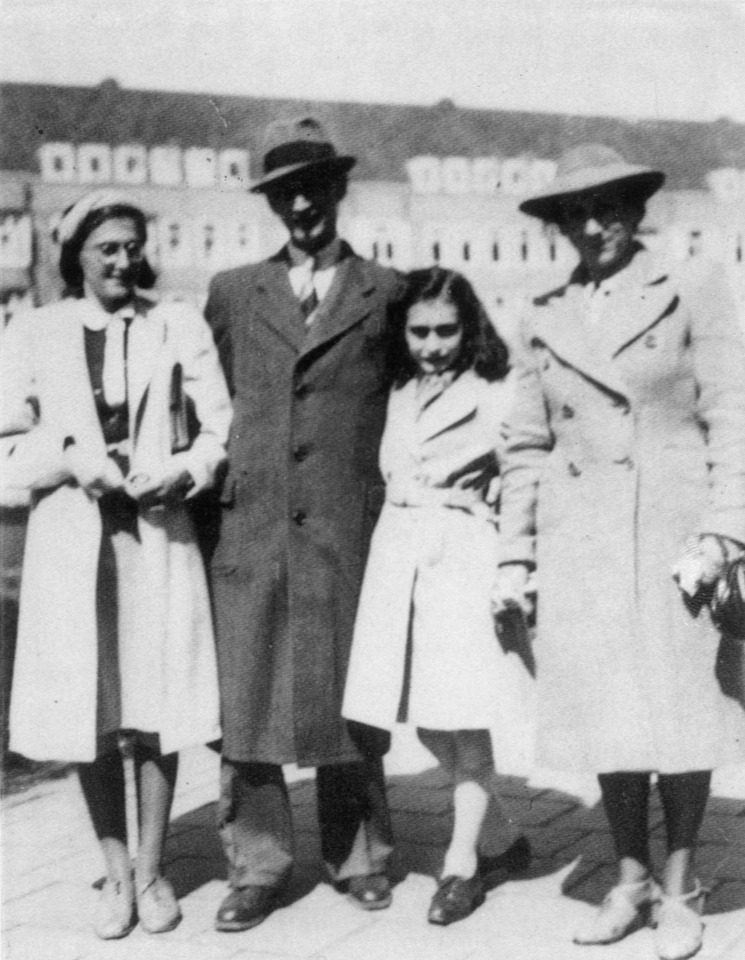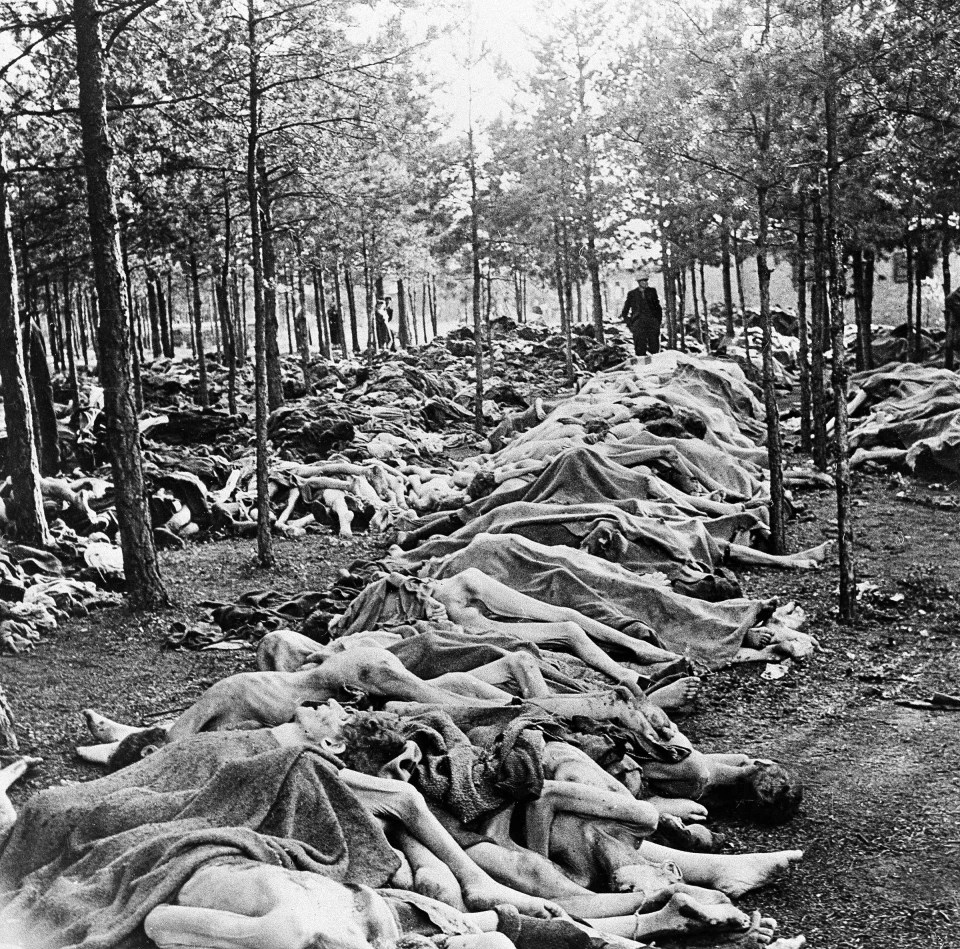STANDING pale as a ghost, Anne Frank shivered as she hauled stones in the blistering cold – while Nazi guards hurled insults around her.
Forced to sleep in a freezing, overcrowded hut with little food, it wasn’t long before the teenager fell seriously ill with scabies and became too unwell to work.
This was the heartbreaking reality of the young girl’s life at first Auschwitz and then Bergen Belsen concentration camp, where she and her sister died in February 1945.
Despite her diary posthumously propelling her to international fame, the talented writer’s final days remained shrouded in mystery for decades.
The family had spent two years in hiding before their location was given to the Nazis, allegedly by fellow Jew Arnold van den Bergh in a bid to save his family, according to recent findings.
Ahead of the 80th anniversary of the liberation of Auschwitz, this is the chilling story of what happened to the Franks next – and how the death camp ripped countless families like theirs apart.
The cold road from Auschwitz
Upon arrival at Auschwitz, each transportation was separated into those who could work and those who would be killed.
Anne, then 15, was the youngest person in her group to not be sent directly to the gas chambers.
While at the death camp she remained with her mum, Edith, and her sister – but her father, Otto, was forcibly separated from his family due to his gender.
Those deemed fit to work were processed by being stripped naked, having their heads shaved and a number tattooed on their forearm – before being handed a striped camp uniform.
Thanks to Anne’s gregarious nature she was able to get extra rations for her family but soon became infected with scabies and was sent to the infirmary with Margot.
Both sisters became increasingly unwell and their mother stopped eating and passed her rations to them through a hole she made in the barracks wall.
Due to Anne’s illness, her family was not taken on transport to the Liebau labour camp in Upper Silesia, which had slightly better conditions, in October 1944.
Later that same month, Anne and Margot were selected in the 8,000 women to be moved to Bergen Belsen, north Germany.
Their mother was not. She died at Auschwitz from disease and starvation once her children had left.
Frozen & moving like a ‘walking skeleton’
Bergen Belsen had rapidly expanded to accommodate the influx of new prisoners, and unlike Auschwitz, there were no gas chambers.
However, the camp was overcrowded and had a lack of sanitation, clean water and food – which meant many prisoners died.
After arriving, Anne and Margot were housed in a tent designed to contain the new prisoners and stop them from telling others about the horrors of Auschwitz.
However, one inmate remembered a stormy night that destroyed the tents and left the prisoners to sit outside in the mud and rain.
It was in Bergen that Anne was reunited with some of her school friends from Amsterdam.
One of them was Nanette Konig, who remembered seeing Anne for the first time since the war as looking “like a walking skeleton”.
She added: “She was wrapped in a blanket; she couldn’t bear to wear her clothes anymore because they were crawling with lice.”
It was a far cry from the “sunny, smiley child” she had gone to lessons with.
“We had a childhood and then we had no adolescence,” Nanette said. “We simply became grown-ups overnight. It was the only way to survive.”
She recalled Bergen Belsen as “hell on earth” and that “people were not exterminated immediately, but died from hunger, dysentery, typhus, cold, exhaustion, beatings, torture and exposure”.
Nanette added that the sisters were gravely ill, and that Margot was sicker than Anne.
‘I have nobody left’
Fellow childhood friend Hanneli Goslar discovered Anne was in the make-shift new section and recalled her saying: “I have nobody left”.
She claimed to have thrown a food package over the fence to Anne, but another woman grabbed it and ran off – leaving the teenager in tears.
The pair promised to meet, but Hanneli never saw her again.
When Anne had first been moved to the camp, she was placed into the hut commanded by Irma Sonnenberg Menkle.
The older girl had protested against being given the position, but now recognises that it saved her life.
Irma had 500 women under her control and she recalled being surprised that Anne was 15, as she looked much younger.
She recalled: “I have a dim memory of Anne Frank speaking of her father. She was a nice, fine person. She would say to me, ‘Irma, I am very sick.’ I said, ‘No, you are not so sick.’ She wanted to be reassured that she wasn’t.”
Irma said Anne “didn’t know that she was dying”, but as the weeks went by her health worsened.
Jannie Brandes, another friend, said: “During the final days, I saw Anne standing there, wrapped in a blanket, with no tears left to cry. Well, we hadn’t had tears for some time.
“And then, a few days later I went to look for the Frank girls and learned that Margot had fallen from her bunk. Just like that, on to the stone floor, dead.
“The next day, Anne died as well.”
‘No feelings anymore’
Belsen became one of the endpoints for the Nazi death marches, which saw prisoners forced to walk from one camp to another as the German army retreated.
In early 1945 a typhus epidemic swept through the death camp and killed thousands of prisoners.
It is not clear when the Frank sisters die but historians think it was likely February or March 1945. In March alone, 18,000 prisoners died.
“At Bergen-Belsen, you did not have feelings anymore. You became paralyzed,” Irma added.
Anne and Margot Frank are believed to be buried somewhere on the site of Bergen Belsen.
It is thought that Edith Frank died in January 1945 from starvation and her body was either cremated or buried on site at Auschwitz.
Anne’s father Otto, who was incarcerated at Auschwtiz in the men’s section, was the only member of his family to survive and be liberated by the Soviet Army.
Following the end of the war, Otto returned to Amsterdam and was given his daughter’s diary by Miep Gies, who had helped them hide in the attic.
He later decided to publish his daughter’s diary in her memory as she had wanted to become a writer.
He remarried to former neighbour and camp survivor Elfriede Geiringer and died of old age in August 1980.
